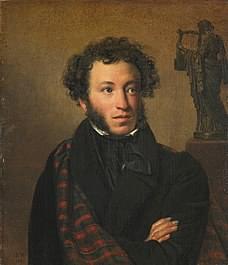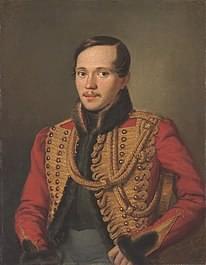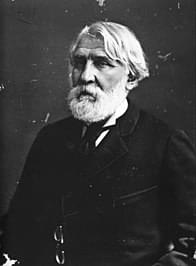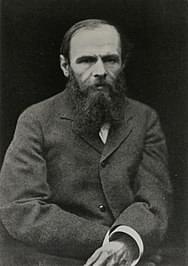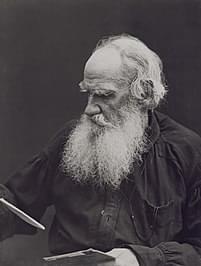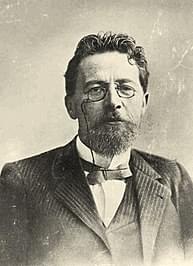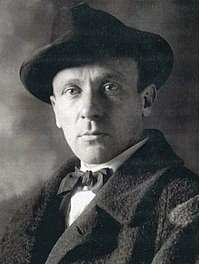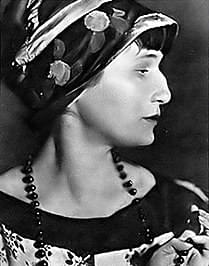Russian culture has a long and rich cultural history, steeped in literature, ballet, painting and classical music. While outsiders may see the country as drab, Russia has a very visual cultural past, from its colorful folk costumes to its ornate religious symbols. Here is a brief overview of Russian customs and traditions.
Russian History Chronology
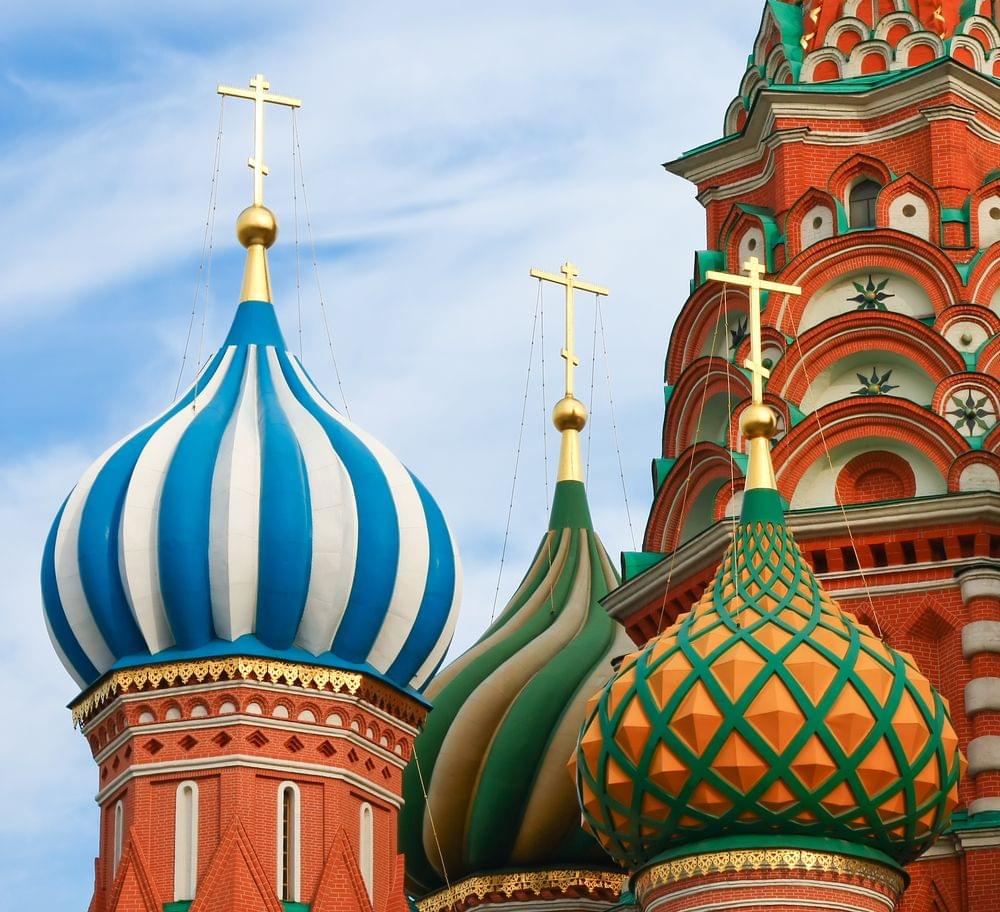
The Kievan and Appanage Periods (860-1698)
The House of Rurik. The period of the Kievan Russian Empire, destroyed by the Mongol - Tatars, and the rise of Moscovy to recentralize the demolished empire.
The Imperial Period (1698-1917)
The Russian Empire was an empire and the final period of the Russian monarchy from 1721 to 1917, ruling across large parts of Eurasia. It succeeded the Tsardom of Russia following the Treaty of Nystad, which ended the Great Northern War. The rise of the Russian Empire coincided with the decline of neighbouring rival powers: the Swedish Empire, the Polish–Lithuanian Commonwealth, Qajar Iran, the Ottoman Empire, and Qing China. It also held colonies in North America between 1799 and 1867. Covering an area of approximately 22,800,000 square kilometres (8,800,000 sq mi), it remains the third-largest empire in history, surpassed only by the British Empire and the Mongol Empire; it ruled over a population of 125.6 million people per the 1897 Russian census, which was the only census carried out during the entire imperial period.
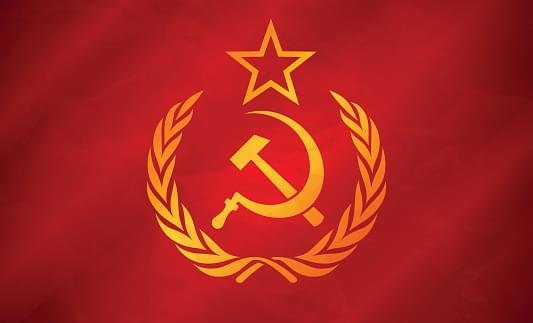 Soviet Emblem
Soviet Emblem
The Soviet Period (1917-1991)
The Soviet Union, officially the Union of Soviet Socialist Republics (USSR), was a transcontinental country that spanned much of Eurasia from 1922 to 1991. A flagship communist state, it was nominally a federal union of fifteen national republics; in practice, both its government and its economy were highly centralized until its final years. It was a one-party state governed by the Communist Party of the Soviet Union, with the city of Moscow serving as its capital as well as that of its largest and most populous republic: the Russian SFSR. Other major cities included Leningrad (Russian SFSR), Kiev (Ukrainian SSR), Minsk (Byelorussian SSR), Tashkent (Uzbek SSR), Alma-Ata (Kazakh SSR), and Novosibirsk (Russian SFSR). It was the largest country in the world, covering over 22,402,200 square kilometres (8,649,500 sq mi) and spanning eleven time zones.
The Post-Soviet Period 1991-Present
The U.S.S.R. legally ceased to exist on December 31, 1991. The new state, called the Russian Federation, set off on the road to democracy and a market economy without any clear conception of how to complete such a transformation in the world’s largest country. Like most of the other former Soviet republics, it entered independence in a state of serious disorder and economic chaos.
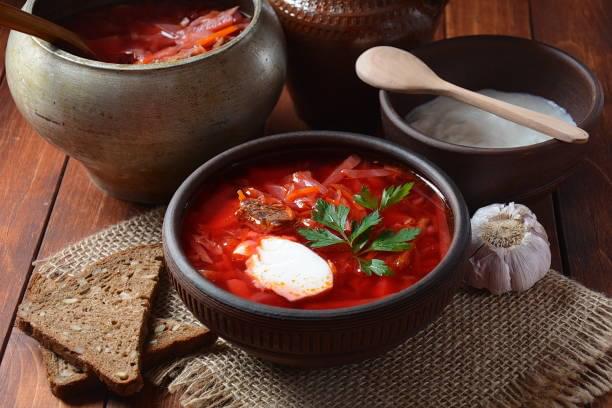 Russian borsht
Russian borsht
Russian food and drink
One of the most well-known traditional Russian foods that may seem strange to an outsider is borshch, also spelled borscht. This is a beet soup that is full of vegetables and meat and is typically served with a dollop of sour cream, a staple of many Russian dishes.
Pirozhkis are small baked buns that can be filled with potatoes, meat, cabbage or cheese. (They should not be confused with pierogis, which are Polish dumplings, boiled and then fried and stuffed with meat, cheese, potatoes or sauerkraut.)
Vodka is a popular alcoholic drink traditionally made from the distillation of fermented potatoes. Beer and tea are also widely consumed.
Language and Literature
Over a quarter of the world's scientific literature is published in Russian. Russian is also applied as a means of coding and storage of universal knowledge—60–70% of all world information is published in the English and Russian languages. The language is one of the six official languages of the United Nations.
Caviar, or ikra, traditionally made from the eggs of sturgeon found in the Black Sea or Caspian Sea, is often served on dark, crusty bread or with blini, which are similar to pancakes or crepes. Blini are also served rolled up with a variety of fillings, ranging from jam to cheese and onions, or even chocolate syrup.
Literature
Russian literature is considered to be among the world's most influential and developed. It can be traced to the Middle Ages, when epics and chronicles in Old East Slavic were composed. By the Age of Enlightenment, literature had grown in importance, with works from Mikhail Lomonosov, Denis Fonvizin, Gavrila Derzhavin, and Nikolay Karamzin. From the early 1830s, during the Golden Age of Russian Poetry, literature underwent an astounding golden age in poetry, prose and drama. Romanticism permitted a flowering of poetic talent: Vasily Zhukovsky and later his protégé Alexander Pushkin came to the fore. Following Pushkin's footsteps, a new generation of poets were born, including Mikhail Lermontov, Nikolay Nekrasov, Aleksey Konstantinovich Tolstoy, Fyodor Tyutchev and Afanasy Fet.
Ethic groups and Population
Russia, as the largest country in the world, has great ethnic diversity, is a multinational state, and is home to over 190 ethnic groups nationwide. However, demographically; ethnic Russians dominate the country's population. In the 2010 Census, roughly 81% of the population were ethnic Russians, and the remaining 19% of the population were ethnic minorities. The 83 (or 85) federal subjects which together constitute the Russian Federation include:
- 21 national republics (intended as homes to a specific ethnic minority)
- 4 autonomous okrugs (usually with substantial or predominant ethnic minority)
- 1 autonomous oblast
Russian architecture
Source articleJoseph Stalin ordered the All-Union Agricultural Exhibition of 1939 as a celebration of Soviet economic achievements and the success of the planned economy. The venue, then called the Exhibition of Economic Achievements (VDNKh), was a showground of monumental pavilions built in the high Socialist Realist style. The showground is still in use, although it has been extended significantly since the late 1930s.
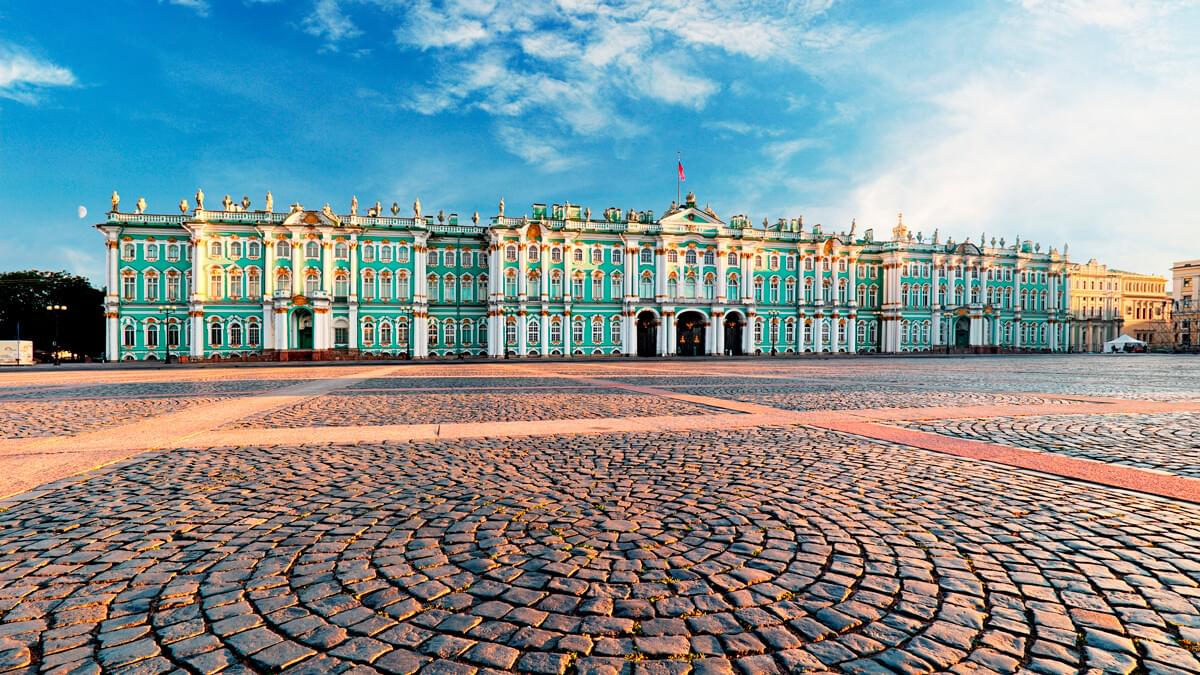 Winter palace (st. Petersburg)
Winter palace (st. Petersburg)
Winter Palace
The Winter Palace is one of the most famous buildings in St. Petersburg, as much for its role in Russian history as for its artistic importance. It was built for the Empress Elizabeth by her favorite court architect, Bartolomeo Francesco Rastrelli, and with 1,000 rooms it is one of the largest palaces in Europe. Only the Russian Baroque exterior remains as built, with rich and varied ornament over three stories.
The palace was gutted by fire in December 1837 and rebuilt over the next two years, regardless of expense and with much loss of life among the workforce. The only Rastrelli interior to be restored as before was the Jordan Staircase. The rest of the palace interiors are an eclectic mix of Baroque Revival, Neoclassical, and Gothic Revival by several architects, including Vasily Stasov, Alexander Briullov, and August Montferrand. The public rooms are large and impressive while the private rooms were relatively simple, although epitomizing bourgeois comfort.
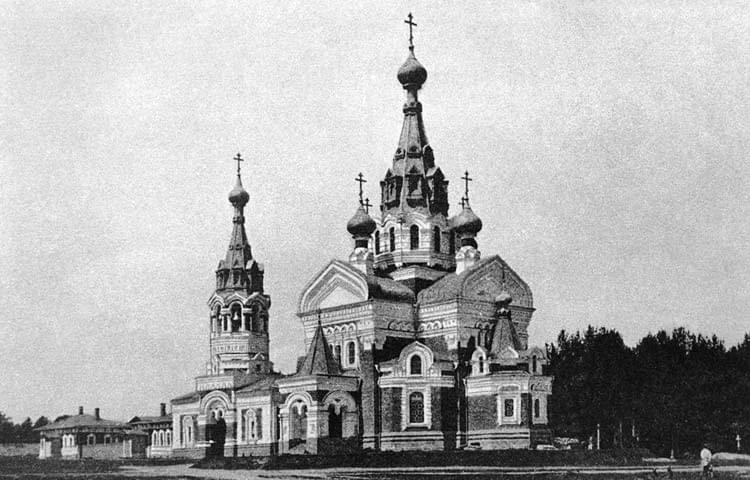 Church of the Savior (Moscow)
Church of the Savior (Moscow)
Church of the Savior
This is one of the most exquisite works of art created under the patronage of railway millionaire Savva Mamontov. It is part of the Abramtsevo estate on the outskirts of Moscow. There is an ensemble of buildings from the restrained Classical lines of the main house to the wooden House on Chicken Legs illustrating a Russian fairy tale.
The estate was purchased in 1870 by Mamontov, and it was intended as a retreat from Moscow. He invited artists, sculptors, architects, wood carvers, and musicians to live and work in residence. It became a key center of the Russian Revival, the renewed interest in medieval and folk motifs in the Russian arts. Mamontov embellished the estate with other buildings, created by the artists, including a wooden guesthouse in the style of a peasant izba (cottage) and a workshop organized by Savva’s wife Elizaveta, where Elena Polenova taught locals carving and joinery to ensure that these crafts did not disappear.
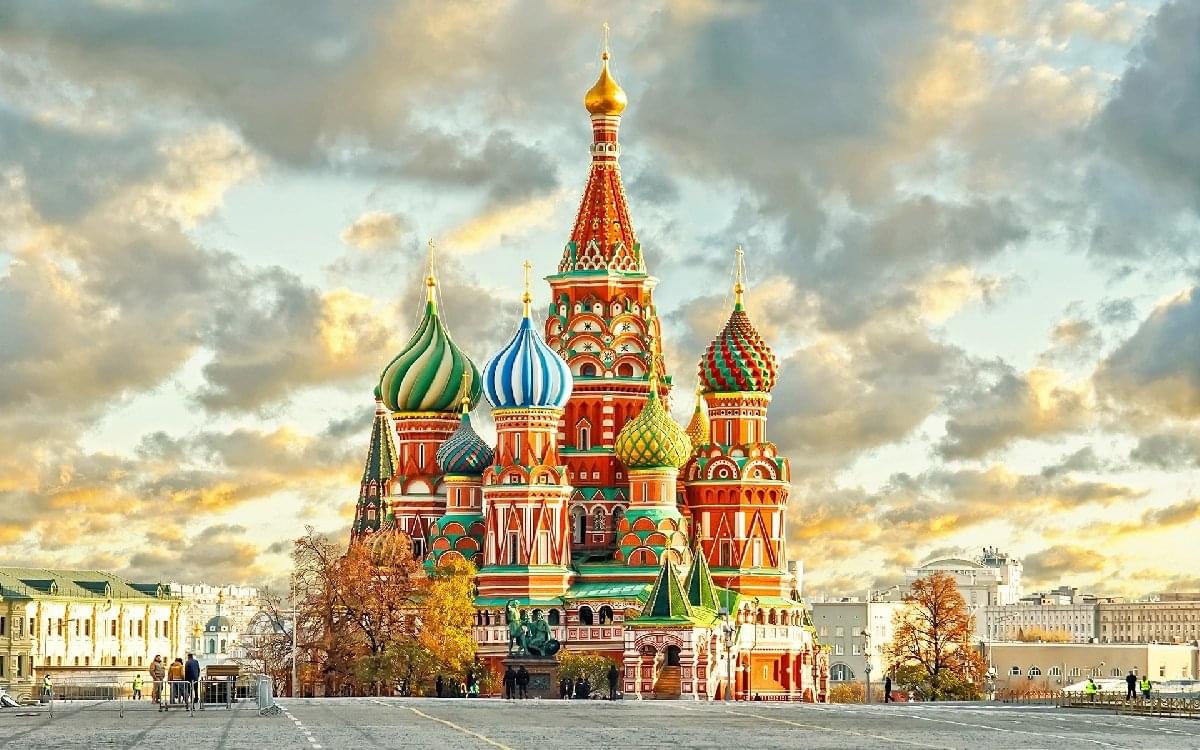 Church of the Savior (Moscow)
Church of the Savior (Moscow)
Cathedral of St. Basil the Blessed (Красная площадь)
The Cathedral of the Virgin of the Intercession on the Moat—or, as it is popularly known, the Cathedral of St. Basil the Blessed—is both a monument and a symbol. It was built on the chief marketplace of Moscow by order of Ivan IV, known as Ivan the Terrible, to commemorate the capture of Kazan in 1554, thus finally freeing Russia from the threat of the Golden Horde. Its location in the busiest part of the city also reminded the people of the strength and might of the czarist state. The popular name commemorates St. Basil the Blessed, who became famous for his denunciation of the atrocities of Ivan IV.
The Red Square has an almost rectangular shape and is 70 meters wide and 330 meters long. It extends lengthways from northwest to southeast along part of the wall of the Kremlin that forms its boundary on the southwest side. In the northeast, the square is bounded by the GUM department store building and the old district of Kitai-Gorod, in the northwest by the State Historical Museum and the Resurrection Gate and in the southeast by Saint Basil's Cathedral.
